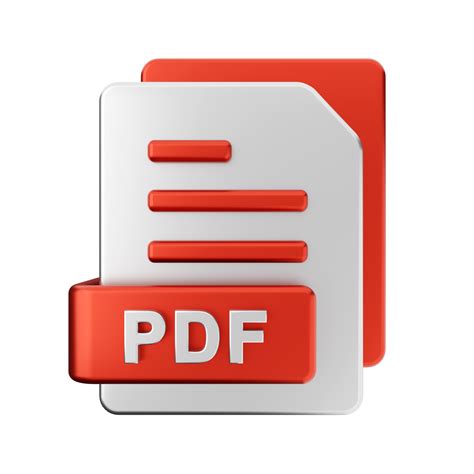How is the extrinsic pathway activated
 Tumor intrinsic and extrinsic functions of CD73)
WebThe extrinsic pathway begins when there is injury to the endothelial tissue (i.e., skin tissue), exposing tissue factor (factor III) to the blood. Tissue factor then becomes … WebThe extrinsic pathway of blood coagulation. Upon the introduction of cells, particularly crushed or injured tissue, blood coagulation is activated and a fibrin clot is rapidly formed. The protein on the surface of cells that is responsible for the initiation of blood … All the components necessary for the clotting process to proceed are found in … Several synthetic clotting products have been generated for use in emergency … Coagulation is the replacement of a relatively unstable platelet plug with a … Other articles where heparin cofactor is discussed: serum albumin: …working … The extrinsic pathway is generally the first pathway activated in the coagulation … Blood disease, any disease of the blood, involving the red blood cells … globulin, one of the major classifications of proteins, which may be further divided … Other articles where plasmin is discussed: blood: Hemostasis: Plasmin is a …
How is the extrinsic pathway activated
Did you know?
Web7 sep. 2024 · Extrinsic pathway is another way of blood coagulation. This system is activated by vascular tissue trauma or surrounding extra-vascular tissue trauma. These external factors release a complex of several factors which is collectively known as tissue factor or tissue thromboplastin or factor III. How are the extrinsic and intrinsic in the blood? WebThe intrinsic pathway of apoptosis pathway begins when an injury occurs within the cell and the resulting stress activates the apoptotic pathway. In both the intrinsic and extrinsic pathway of apoptosis, signaling results in the activation of a family of Cys (Cysteine) proteases, named caspases, that act in a proteolytic cascade to dismantle ...
WebThe intrinsic pathway is initiated by the activation of factor XII by certain negatively charged surfaces, including glass. High-molecular-weight kininogen and prekallikrein are two proteins that facilitate this activation. … Web7 jul. 2024 · The extrinsic pathway is activated by external trauma that causes blood to escape from the vascular system. This pathway is quicker than the intrinsic pathway. It involves factor VII. Why is it called intrinsic pathway?
WebThe Extrinsic initiation pathway involves receptors of the TNFR (Tumour Necrosis Factor Receptor) family. In the extrinsic, death receptor pathway of apoptosis, ligation of death receptors on the cell surface leads to caspase activation. This pathway relies on the formation of a Death-Inducing Signalling Complex (DISC), which always includes ... WebThe extrinsic coagulation pathway is activated in patients with severe sepsis and septic shock. In these patients, enhanced thrombin generation and activation, and fibrin formation were demonstrated when compared with the control subjects. Furthermore, the thrombin generated appears not to be fully neutralized by antithrombin III. Publication types
Web4 jul. 2024 · The extrinsic pathway consists of the transmembrane receptor tissue factor (TF) and plasma factor VII/VIIa (FVII/FVIIa), and the intrinsic pathway consists of plasma FXI, FIX, and FVIII. Under physiological conditions, TF is constitutively expressed by adventitial cells surrounding blood vessels and initiates clotting.
WebTo sum it all up there are 3 pathways of coagulation of blood, intrinsic, extrinsic, and common pathways. The intrinsic is the longest and the extrinsic is the shortest respectively. The intrinsic and the extrinsic pathways lead to the common pathway. The most important organ is directly involved with the coagulation of blood in the liver. ray stedman\u0027s commentary on the bibleWebFig. 1. Intrinsic pathway of coagulation. Consisting of factors XI, IX, and VIII, the intrinsic pathway of blood coagulation can be initiated by fXIIa via contact activation, or by the fVIIa-TF complex from the extrinsic pathway via cross-over activation of fIX. In both cases, fIXa is generated that can form a calcium- and phospholipid ... ray stedman the longest prayerWeb5 dec. 2024 · This is because warfarin acts on the extrinsic pathway – and the PT is a measure of the extrinsic pathway. ... (III) and thus the extrinsic pathway is not activated. The word ‘partial’ is used to indicate the lack of tissue factor. The value obtained is normally between 25 and 39 seconds. simply for life oakvilleWeb12 apr. 2024 · Suppression of ceramide synthesis by myriocin and C8-cyclopropenylceramide suppressed the tocotrienol-mediated extrinsic pathway of apoptosis, upregulation of CHOP, and JNK activation . Similarly, Xiong et al. [ 47 ] and Park et al. [ 44 ] also postulated the essential role of ceramide and its signaling pathway in … ray stedman westerly riWebThe induction phase of the extrinsic apoptosis pathway involves binding of ligands to a variety of so called “death receptors”. Immune cells (i.e., cytotoxic killer and natural killer cells) use the activation of death … ray stedman\\u0027s commentary on the bibleWeb20 feb. 2015 · FVII is itself activated by thrombin, FXIa, FXII and FXa. The activation of FX (to form FXa) by TF-FVIIa is almost immediately inhibited by tissue factor pathway … ray steel companyWebp53 stimulates a wide network of signals that act through two major apoptotic pathways: extrinsic pathways and intrinsic pathways. The extrinsic pathway involves engagement of particular "death" receptors that belong to the tumor TNFR (Tumor Necrosis Factor Receptor) family and, through the formation of the DISC (Death-Inducing-Signaling … ray steen maryland